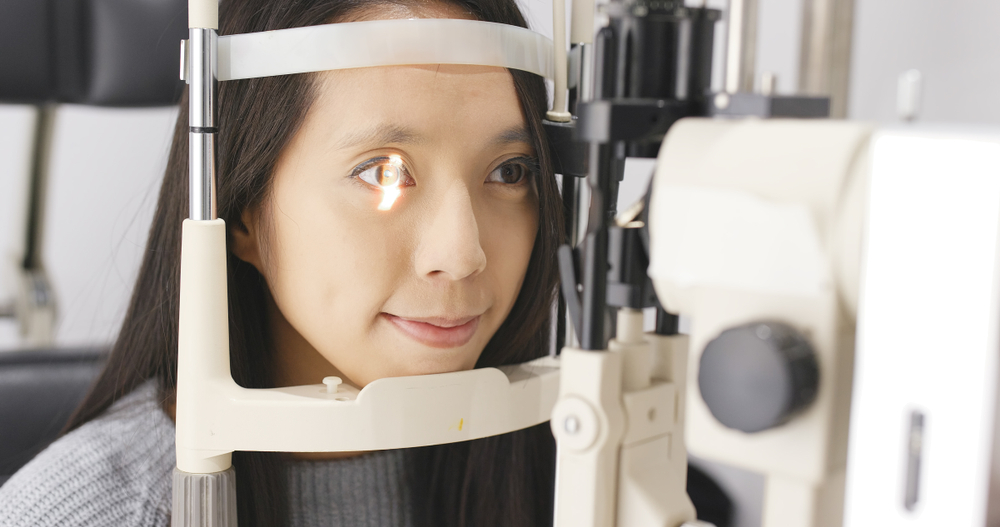
In the age of technology, our lives are increasingly tied to digital devices. Whether it's for work, play, or social connection, many of us spend hours each day staring at a screen. While these devices offer incredible conveniences and opportunities, they also come with a unique set of health concerns. Among these is the risk of digital eye strain and Computer Vision Syndrome (CVS).
Understanding the Difference between Digital Eye Strain and Computer Vision Syndrome
Digital eye strain is a subset of CVS. While both conditions result from excessive screen time, CVS incorporates a broader range of symptoms and consequences. Digital eye strain primarily focuses on the discomfort felt in the eyes after prolonged digital device use. This discomfort can range from a mild annoyance to a significant barrier to effective screen use.
Computer Vision Syndrome accounts for the physical discomfort felt after screen use, including symptoms outside of the eye itself. Strain in our eyes can lead to tension in other parts of our bodies like the neck and shoulders. It also includes symptoms like headaches and even behavioral symptoms like irritability or reduced attention span.
How a Comprehensive Eye Exam can Reveal Computer Vision Syndrome
During a comprehensive eye exam, an optometrist will not only check your vision but also examine your eyes for signs of any health problems.
The examination may involve several tests, including visual acuity tests, refraction tests, and tests to check the health of your eyes. Your optometrist will also ask about your habits in terms of digital device usage. Depending on your symptoms and history, they may carry out other tests, such as assessing how your eyes focus, move, and work together. This comprehensive exam can help your optometrist identify whether you're suffering from CVS or whether there might be another cause for your symptoms.
Preventive Measures to Reduce the Risk of Digital Eye Strain and Computer Vision Syndrome
There are several preventive measures you can take to reduce your risk of developing digital eye strain and CVS. These include adjusting your computer viewing angle, ensuring your room lighting is comfortable on the eyes, taking regular breaks, performing eye exercises, and using lubricating eye drops.
Maintaining a healthy lifestyle also plays a crucial role in eye health. This includes getting enough sleep, eating a healthy diet rich in vitamins A, C, and E, and drinking plenty of water to keep your body and eyes hydrated. Regular exercise can also help improve blood circulation, which is good for the eyes.
Taking Care of Your Eyes in the Digital Age
While the digital age has brought us many conveniences, it also presents new challenges for our eye health. Digital eye strain and computer vision syndrome are increasingly common, especially among those who spend a significant portion of their day in front of a screen. Understanding the difference between digital eye strain and computer vision syndrome, recognizing the symptoms, and taking preventive measures are crucial steps in taking care of your eyes in the digital age.
If you are experiencing any signs of digital eye strain or computer vision syndrome, consider scheduling a comprehensive eye exam at Optical Masters in our Denver, Colorado offices. We are dedicated to offering our patients the best technology and eye health care available. Call (720) 807-7300 or (720) 807-7600 to discuss any questions with our team of experts or to book an appointment today.










 {{menu-footer}}
{{menu-footer}}